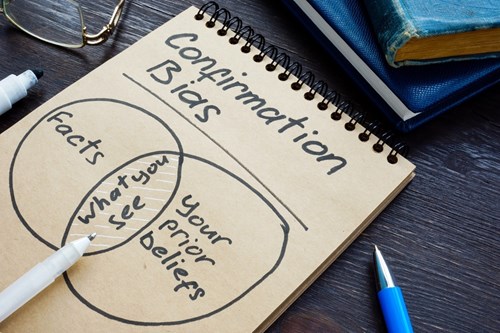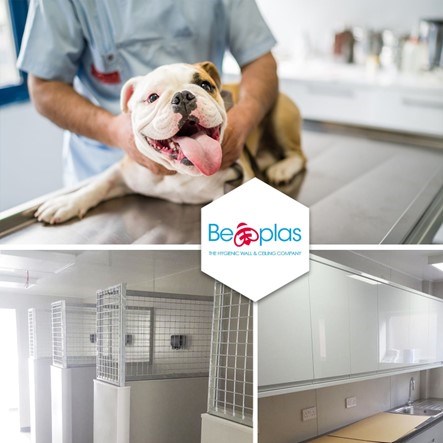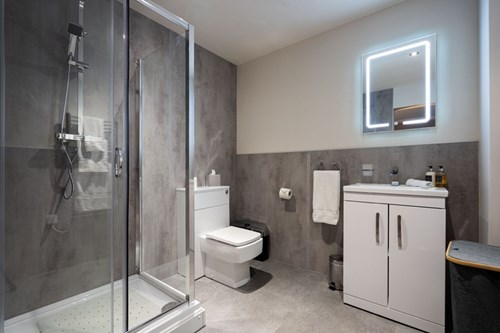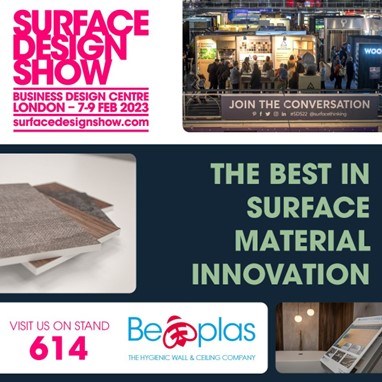 Add My Company
Add My Company
What would it take to change your mind?


Sustainable material choices that may surprise you and make you think again…Visit us at the Surface Design Show on stand 614
How many times have you read or heard something that makes you instinctively react in a predictable way? Sometimes it feels a bit like being on autopilot, doesn’t it? And whilst autopilot is an essential function of modern aircraft, I doubt anyone would set foot on one without a living, conscious and critically thinking human pilot at the controls…or better still, two.
During a recent surface material CPD, I was struck by the presenter’s highly specific use of language. They kept using the word ‘natural’. I looked around the audience each time it was mentioned and saw a sea of nodding heads. It was clear that this was being accepted at face value in an unconscious manner, even though the material in question was clearly energy intensive, heavy, and transported over long distances. It is also impossible to recycle into new versions of the product.
This was doubly astonishing, because the meaning of the word ‘natural’ is actually quite ambiguous, and the audience were all educated to a high level in design and architecture. No-one raised a hand to question this assertion. Most kept on nodding. Interestingly, there are studies on involuntary gestures such a nodding or shaking the head as being an expression of agreement at our own beliefs rather than others - https://www.sciencedaily.com/releases/2003/07/030708092002.htm
We were all witnessing the psychological phenomenon of cognitive bias - ‘our underlying tendency to notice, focus on, and give greater credence to evidence that fits with our existing beliefs’ The term was first introduced by psychologists Amos Tversky and Daniel Kahneman in 1972, their work being later published in the fascinating and eye-opening book ‘Thinking Fast and Slow’.
But what does this mean, and more importantly how is this relevant to how we make decisions such as specifying materials?
‘A cognitive bias is a systematic pattern of deviation from norm or rationality in judgment. Individuals create their own "subjective reality" from their perception of the input. An individual's construction of reality, not the objective input, may dictate their behaviour in the world.’
This fascinating, if slightly terrifying subject is of critical importance to architects and interior designers, because it can reveal just how many shortcuts we take in our thinking that can contribute to real world issues.
In fact, it can be a very serious problem due to the very specific flavour of cognitive bias, appropriately named confirmation bias. Put simply, this is our predisposition to ‘look for, interpret, and recall information in a way that confirms our prior held beliefs and values’.
We all have the tendency to select information that supports our views, even if it contradicts the facts available. The resulting effect usually favours our desired outcomes, often on highly emotional issues based on deeply held beliefs.
This is a human frailty we all possess and a feature of living in a complex world, but the good news that whilst we are stuck with confirmation bias, it can be managed by education and training in critical thinking techniques. https://www.forbes.com/sites/bernardmarr/2022/08/05/13-easy-steps-to-improve-your-critical-thinking-skills/ .
So, Let’s consider the question again – What would it take to change your mind?
After all, do we not owe it to our professional training, our clients, and the world around us to act rationally and question our choices? A good example is the use of large areas of ceramic wall tiling in rented accommodation of all types, apartments, student accommodation, social housing, hotels, etc. Designers are perfectly prepared to use vinyl material on floors without question, in fact there are some very expensive and high-quality products used widely. But the same thinking doesn’t seem to apply to walls. Why?
Vinyl wall cladding products can be functional, hygienic, decorative, waterproof, lightweight, easy to apply, even anti-microbial and don’t have the myriad issues of grout – and are 100% recyclable. According to the industry body https://www.vinylplus.eu/circular-economy/pvc-a-recyclable-material/, vinyl, made from rock salt (57%) and oil (43%), contains less carbon than most major thermoplastics. Is a remarkably robust, long-lasting material and most products need minimal maintenance. As a result, it can remain in use for long periods before it enters into the waste chain. And then it can be recycled up to eight times – giving a potential lifespan of hundreds of years.
Compare this to ceramic wall tiles that can only be used once and cannot be recycled into more tiles. It begs the question, which is the more sustainable and functional choice?
I can already see a room of shaking heads now…..why?
The elephant in the room is the word plastic. It’s very mention often gets a negative, even hostile reaction.
Let’s be clear, we are not talking about drinking straws, consumer packaging, single use carrier bags, or the latest government action on single use takeaway/picnicware. These should and are being controlled. But as professionals, we simply cannot apply this same thinking to vinyl products in the construction sector. It is a totally different situation and we run the risk of falling into the trap of ‘confirmation bias’.
The paradox here is that the petroleum base from which vinyl material is made can arguably be as natural as ceramics made from shale clay. Logically, aren’t they both created in the Earth’s geological laboratory?
No-one is disputing that we need to act responsibly in the context of atmospheric carbon. But the key point is thinking circular economy – once we have manufactured something derived from mining or extraction, it is not only a moral, but a climatic imperative to keep re-using it as long as possible. This should be perfectly achievable when we consider the volume of material used in building, in fact, we should go much further and make it mandatory. Here’s to a new Approved Document R – “Use of recyclable materials in construction”? If not we run the risk, as the old saying goes, of not only throwing the ‘baby out with the bathwater’, but the bath as well.
This material makes life possible in ways we probably don’t fully appreciate, cable insulation, plumbing and medical applications to name just a few. In addition to its physical properties, it offers a wide range of possibilities in surface design applications. It features prominently in healthcare (most recently in the Nightingale hospitals), food production, pharmaceutical and veterinary sectors.

But it also has major creative potential for decorative surfaces where other materials have traditionally been used. From a one-off sheet, a feature wall to a full wall mural, with a range of matching, complementary printed installation trims for that seamless, fully co-ordinated look. Using a high-quality print process, it is finished with an anti-scratch coating to ensure design stays pristine for years. Available in gloss or matt finish. Take a look at the possibilities here for ideas and details for your next project: https://www.beplas.com/.
Better still, come and talk to us at The Surface Design Show https://www.surfacedesignshow.com/ from Tue, Feb 7, 2023 - Thu, Feb 9, 2023.
You can also book our RIBA assessed CPDs here

We look forward to telling you more on stand 614

For more information on What would it take to change your mind? talk to Be-Plas Hygienic Walls and Ceilings Ltd

